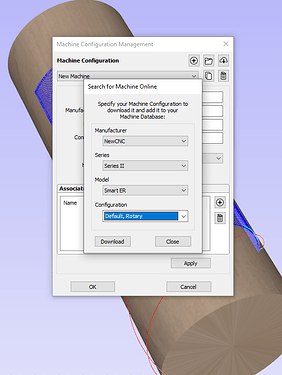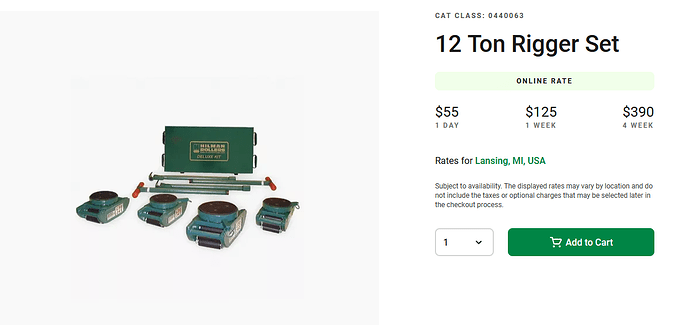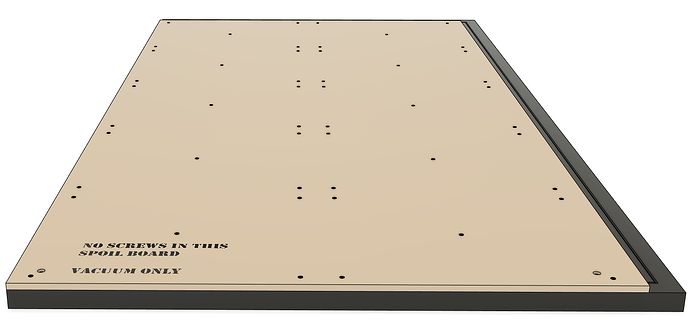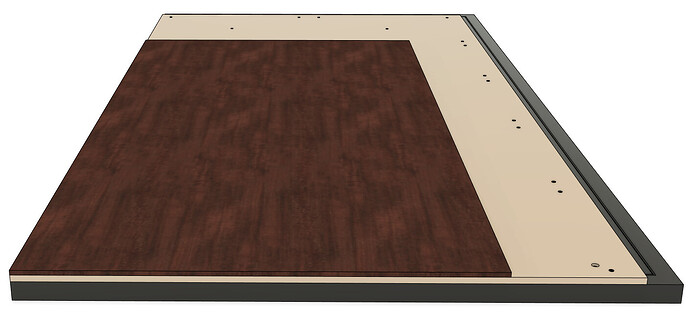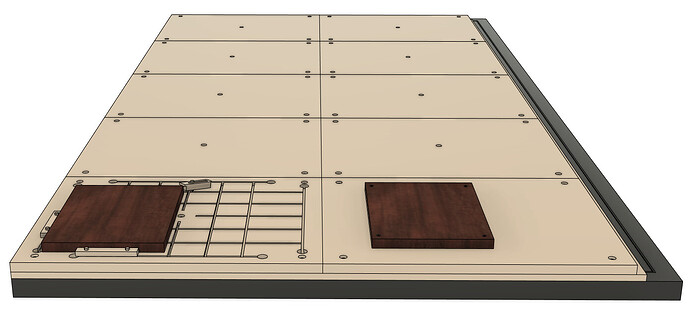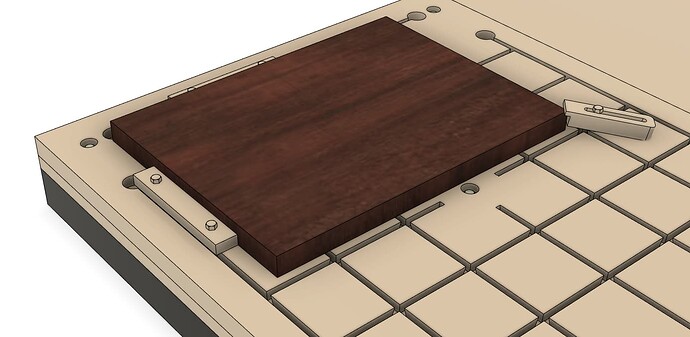If you haven’t noticed, there’s a big new CNC machine that took up residence recently in the woodshop. There are a lot of tasks we need to do to get it going, and things we still need to figure out.
I want this to be a community effort, and not a top-down operation. You don’t have to wait for someone to say it’s ready to use if you’d like to help get it going.
Here are a few things we need to do (not necessarily in order). For reference, the machine is oriented 180 degrees from the old one. The operator will be at the foot of the machine, just inside the woodshop doorway. That side of the machine has “Smart ER Series II” on it. The “head” side has the tool holders and is yellow. Left and right are with respect to an operator standing at the foot. The lathe spindle is along the left side.
Repair and re-install the leveling foot that broke. There’s a green leveling foot that needs a 1/2"-13 stud. It goes on the left side of the main bed.
Level the machine.
Reposition the control cabinet and re-route the cables. The cabinet should be at the right corner of the foot. The control cables (the large and small black ones) can come out from under the right half of the foot edge. The power cables (the large and small gray ones) can run down the lane between the machine and the wall.
When using the lathe spindle, the cabinet can roll out to the left corner of the foot. We need the cables out of way so they’re not a trip hazard, and it should be easy to reposition the cabinet.
Locate the vacuum pumps. There are two big vacuum pumps on the head end that connect to the heavy black hoses. They’re on a pallet now. I assume they are loud, and they could maybe mount on rubber pads, and maybe we’ll want an enclosure or sound baffle.
Locate the air drier and get it connected. The machine needs compressed air to run. There’s a blue dehumidifier/filter unit that goes at the head. We’ll need to splice a connection to the air hose in the ceiling. The existing air hose reel is now up at the head. That can be repositioned so it’s accessible from the operator at the foot.
Figure out dust collection. The machine came with a large cyclone-style dust collector, BUT I think that’s going to become the main woodshop collector, and the current dust collector on the table saw will move over. We need to check with Charlie and see what he wants to do. There is ducting / flexible hose and retracting cable reels.
Figure out the software. There’s a few aspects.
- The controller doesn’t run Mach3; it’s OSAI OPEN Control. I have begun to compile manuals. In the break room bookshelves there is a large white binder with some things I found.
- We’ll need to install and test the appropriate post-processor for V-Carve.
- What can we use for lathe work? I don’t know yet.
Update the S.O.P. and figure out the checkout process. Having an automatic tool changer is an exciting new development, and we should take advantage in the sample project.
I think this is a good start. With the holiday next week, I’m taking the whole week off, and will be spending plenty of time there.
